House, Senate bills aim to improve nuclear decommissioning and waste disposal
Two bills were introduced in the last several weeks aiming to address nuclear power at the end of life—decommissioning plants and recycling used fuel.
Your most critical assets deserve more than just fences and cameras. NV5’s cutting-edge layered security solutions extend detection and response beyond traditional perimeters. From advanced geospatial analytics to integrated surveillance and access control, NV5 helps you stay ahead of threats before they breach your defenses. Learn more.
Two bills were introduced in the last several weeks aiming to address nuclear power at the end of life—decommissioning plants and recycling used fuel.
Letter to DOE includes recommendations on new and existing regulations for storage, recycling, and disposal of used nuclear fuel.
WASHINGTON, D.C. — The American Nuclear Society (ANS) sent a letter to U.S. Secretary of Energy Chris Wright and the U.S. Department of Energy (DOE) in response to Executive Order 14302, “Reinvigorating the Nuclear Industrial Base.” The letter outlines expert-backed recommendations for establishing an effective national program within the United States to manage the storage, reprocessing, and final disposal of commercial used nuclear fuel once it has been in a reactor from a nuclear power plant. This stage is commonly referred to as the “back end” of the nuclear fuel cycle.
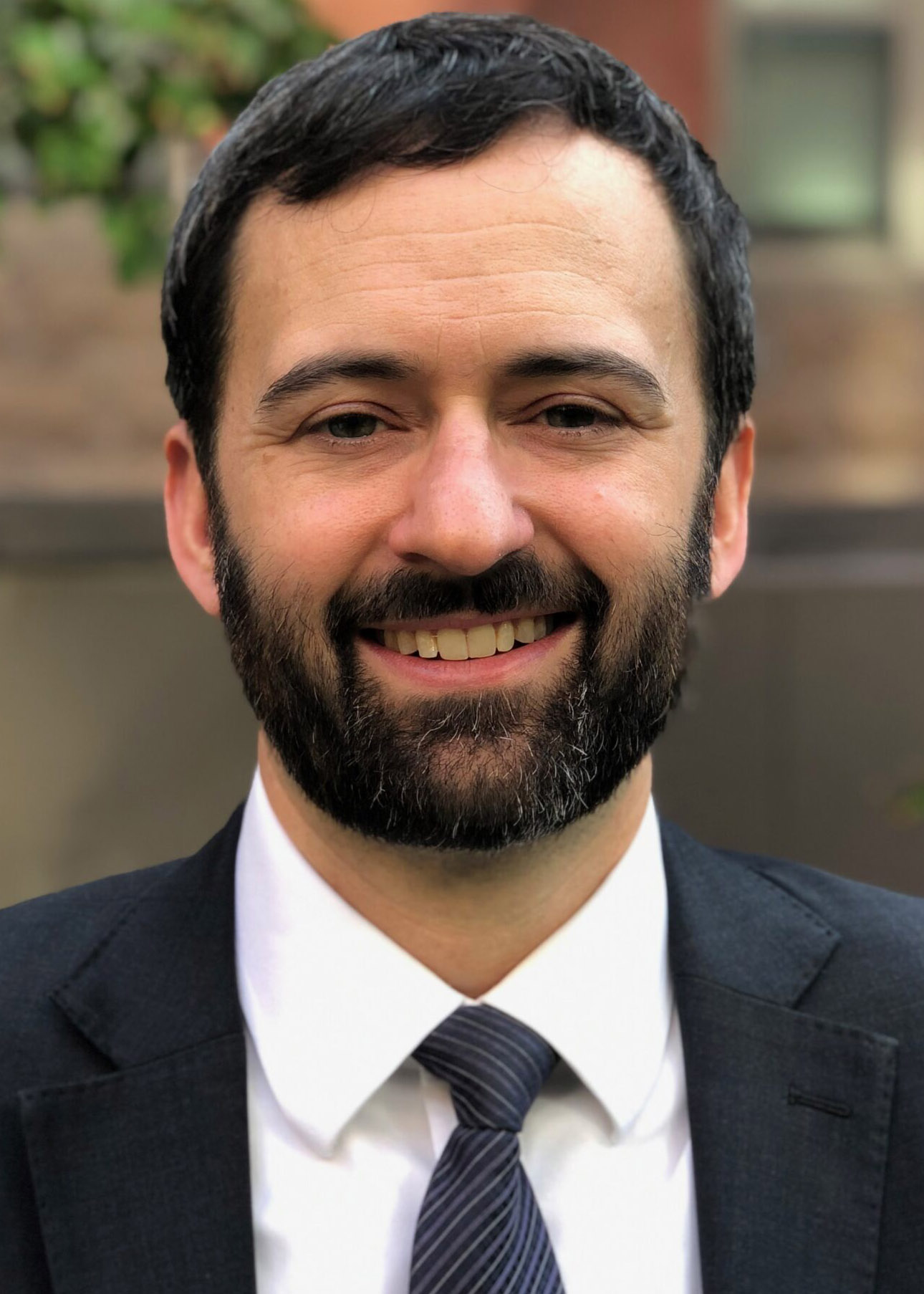
Matt Bowen
With a new administration and Congress, it is time once again to ponder what will happen—if anything—on U.S. spent nuclear fuel and high-level waste management policy over the next few years. One element of the forthcoming discussion seems clear: The executive and legislative branches are eager to talk about recycling commercial SNF. Whatever the merits of doing so, it does not obviate the need for one or more facilities for disposal of remaining long-lived radionuclides. For that reason, making progress on U.S. disposal capabilities remains urgent, lest the associated radionuclide inventories simply be left for future generations to deal with.
In March, Rick Perry, who was secretary of energy during President Trump’s first administration, observed that during his tenure at the Department of Energy it became clear to him that any plan to move SNF “required some practical consent of the receiving state and local community.”1

Craig Piercy
cpiercy@ans.org
The title for this year’s waste management issue of Nuclear News is, in my opinion, the perfect framing to consider spent fuel and waste management as we know it now and how we imagine it could look in the future. So, let’s break it down.
What really is “today’s challenge”? It’s certainly not safety. Since 1955, we have conducted more than 2,500 cask shipments without a single radiological release or incidence of harm to a member of the public. Despite what antinuclear evangelists (in dwindling numbers) might shriek, the industry’s record of storing and transporting used fuel is unassailable.
The lack of progress on a geologic repository isn’t necessarily a challenge to new nuclear development. We already have systems capable of storing used fuel assemblies for more than a century, proven technology with no moving parts.
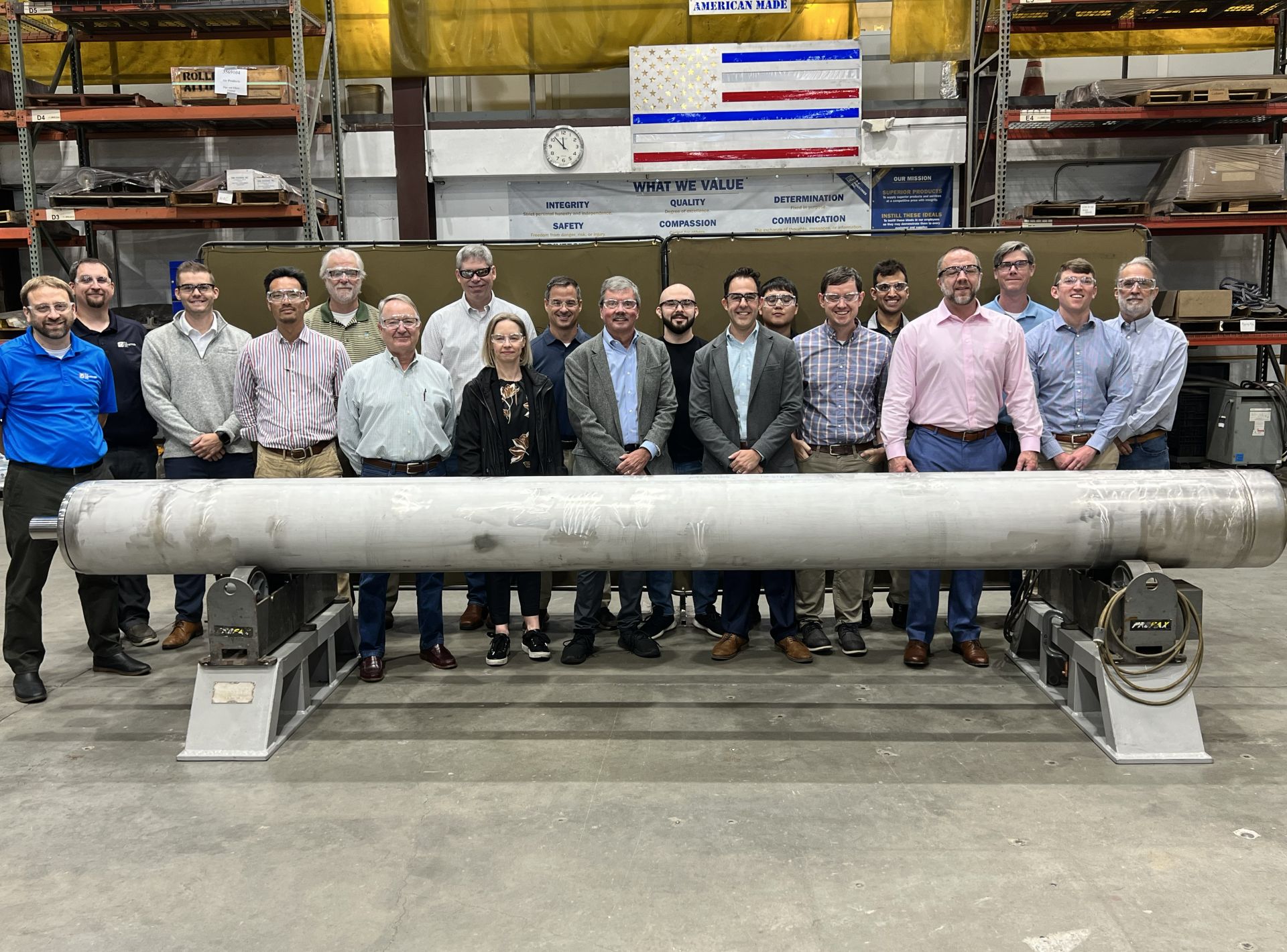 rotated.jpg)
At COP28, held in Dubai in 2023, a clear consensus emerged: Nuclear energy must be a cornerstone of the global clean energy transition. With electricity demand projected to soar as we decarbonize not just power but also industry, transport, and heat, the case for new nuclear is compelling. More than 20 countries committed to tripling global nuclear capacity by 2050. In the United States alone, the Department of Energy forecasts that the country’s current nuclear capacity could more than triple, adding 200 GW of new nuclear to the existing 95 GW by mid-century.

The State of Texas has not one but two ongoing federal court challenges to the Nuclear Regulatory Commission that could, if successful, turn decades of NRC regulations, precedent, and case law on its head.

Canada’s Nuclear Waste Management Organization has selected five companies it is to work with to design and plan the organization’s proposed deep geologic repository for spent nuclear fuel. As the owner of the project, the NWMO will be working with WSP Canada, Peter Kiewit Sons (Kiewit), Hatch Ltd., Thyssen Mining Construction of Canada, and Kinectrics.
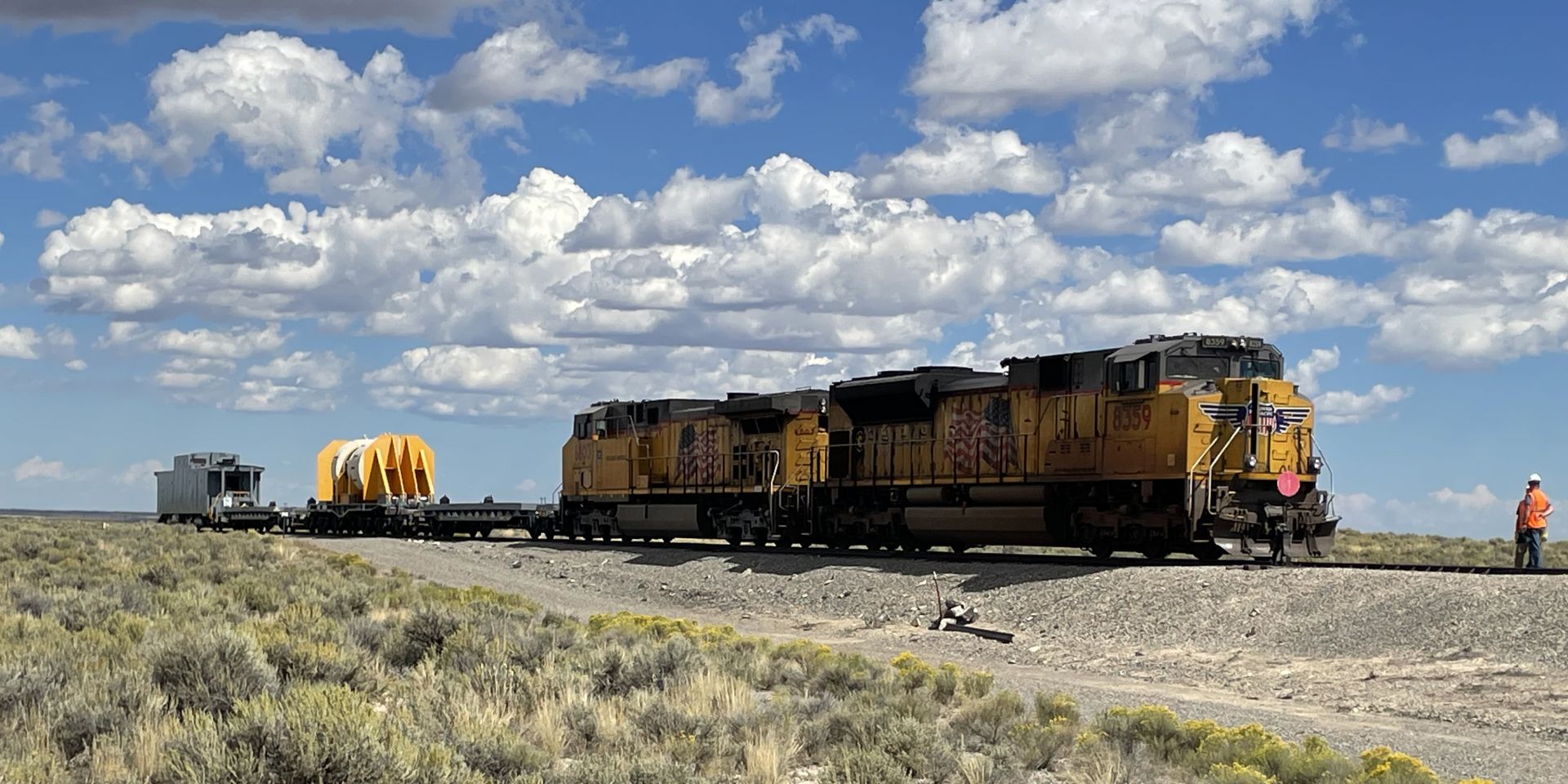
Inspired by a history of similar testing endeavors and recommended by the National Academy of Sciences and the Blue Ribbon Commission on America’s Nuclear Future, the Department of Energy is planning to conduct physical demonstrations on rail-sized spent nuclear fuel transportation casks. As part of the project, called the Spent Nuclear Fuel Package Performance Demonstration (PPD), the DOE is considering a number of demonstrations based on regulatory tests and realistic transportation scenarios, including collisions, drops, exposure to fire, and immersion in water.
A flurry of amicus briefs from states, politicians, and special interest groups were filed with the U.S. Supreme Court this week, urging the court to uphold a 5th Circuit Court of Appeals ruling that invalidated Interim Storage Partners' license for a consolidated interim storage facility for commercial spent nuclear fuel in Andrews County, Texas.

While the United States was celebrating Thanksgiving Day, Canada’s Nuclear Waste Management Organization (NWMO) announced that it has selected a site in northwestern Ontario for a deep geologic repository to hold the country’s spent nuclear fuel
Canada’s Nuclear Waste Management Organization (NWMO) announced that Wabigoon Lake Ojibway Nation has indicated its willingness to support moving forward to the next phase of the site selection process to host a deep geological repository for Canada’s spent nuclear fuel.
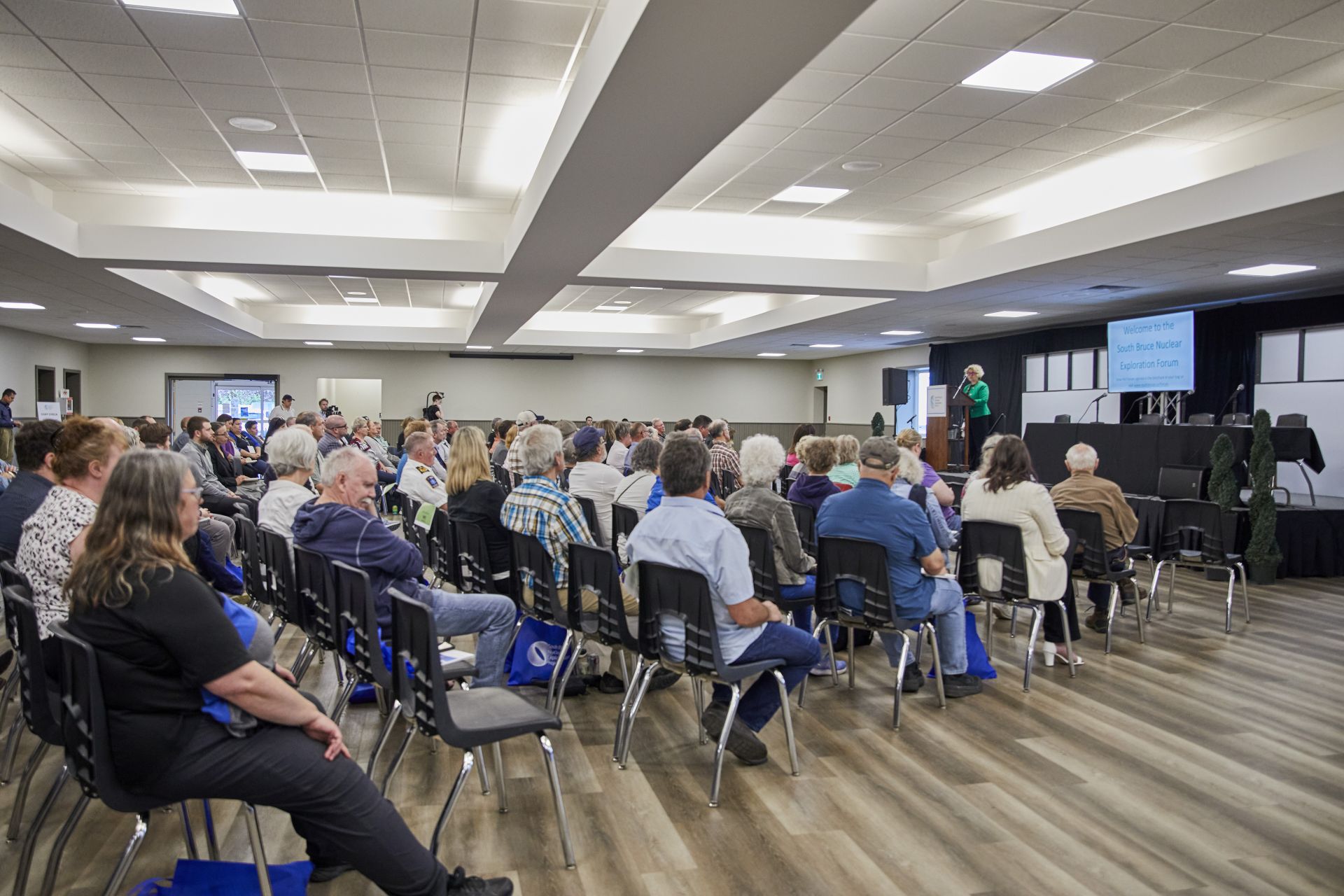
The municipality of South Bruce, located near the Bruce nuclear power plant in southwestern Ontario, voted narrowly in favor of being a willing host to a potential deep geologic repository for Canada’s spent nuclear fuel. The official declaration of results from the municipality showed that 51 percent of South Bruce residents voted in favor of the referendum, with 1,604 voting "yes" and 1,526 voting "no." Voter participation was 69 percent, surpassing the 50 percent voter turnout required to make the vote binding by law.
Statement from ANS on Supreme Court’s decision to grant certiorari to NRC v. Texas
Washington, D.C. — The American Nuclear Society (ANS), a nonprofit representing over 10,000 professionals in the fields of nuclear science and technology, issued the following statement regarding the U.S. Supreme Court’s decision to grant certiorari to Nuclear Regulatory Commission v. Texas:
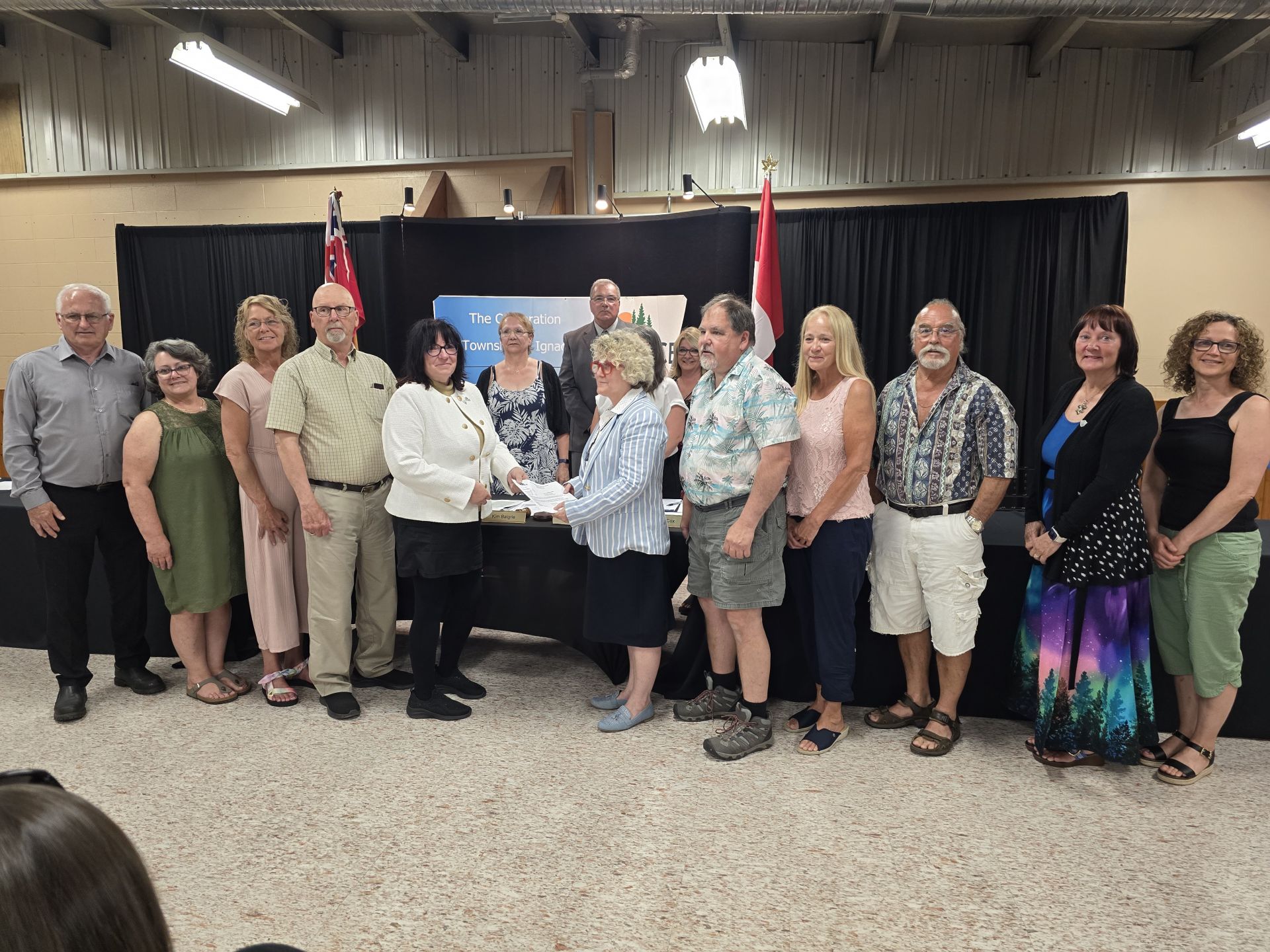
The township of Ignace in northwestern Ontario has indicated its willingness to host a potential deep geologic repository for Canada’s spent nuclear fuel. The town council voted unanimously on July 10 to pass a resolution indicating its willingness to participate in the Nuclear Waste Management Organization’s (NWMO's) process for selecting a repository site, making it the first Canadian community to officially move forward with the next phase of a site selection process that began in 2010.

With increasing demand for clean, reliable, and safe sources of energy, the conversation around nuclear energy is changing. And so too is the conversation around nuclear waste, even as the country struggles to find a path for the disposal of its spent nuclear fuel and high-level radioactive waste. From community engagement, to recycling, to existing success around other forms of nuclear waste management, the conversation around nuclear waste has many different angles, and an executive session of the American Nuclear Society’s 2024 Annual Conference in Las Vegas aimed to delve into some of those discussions.
Twelve orgs call on Congress to fund updates to EPA standards for permanent storage of spent nuclear fuel.
Washington, D.C. –- The American Nuclear Society (ANS) joined 11 other energy and environmental organizations in calling on Congress to fund work by the Environmental Protection Agency (EPA) to develop a new, technology-neutral, generic environmental standard for the permanent disposal of spent nuclear fuel (SNF) and high-level radioactive waste (HLW) in the United States.
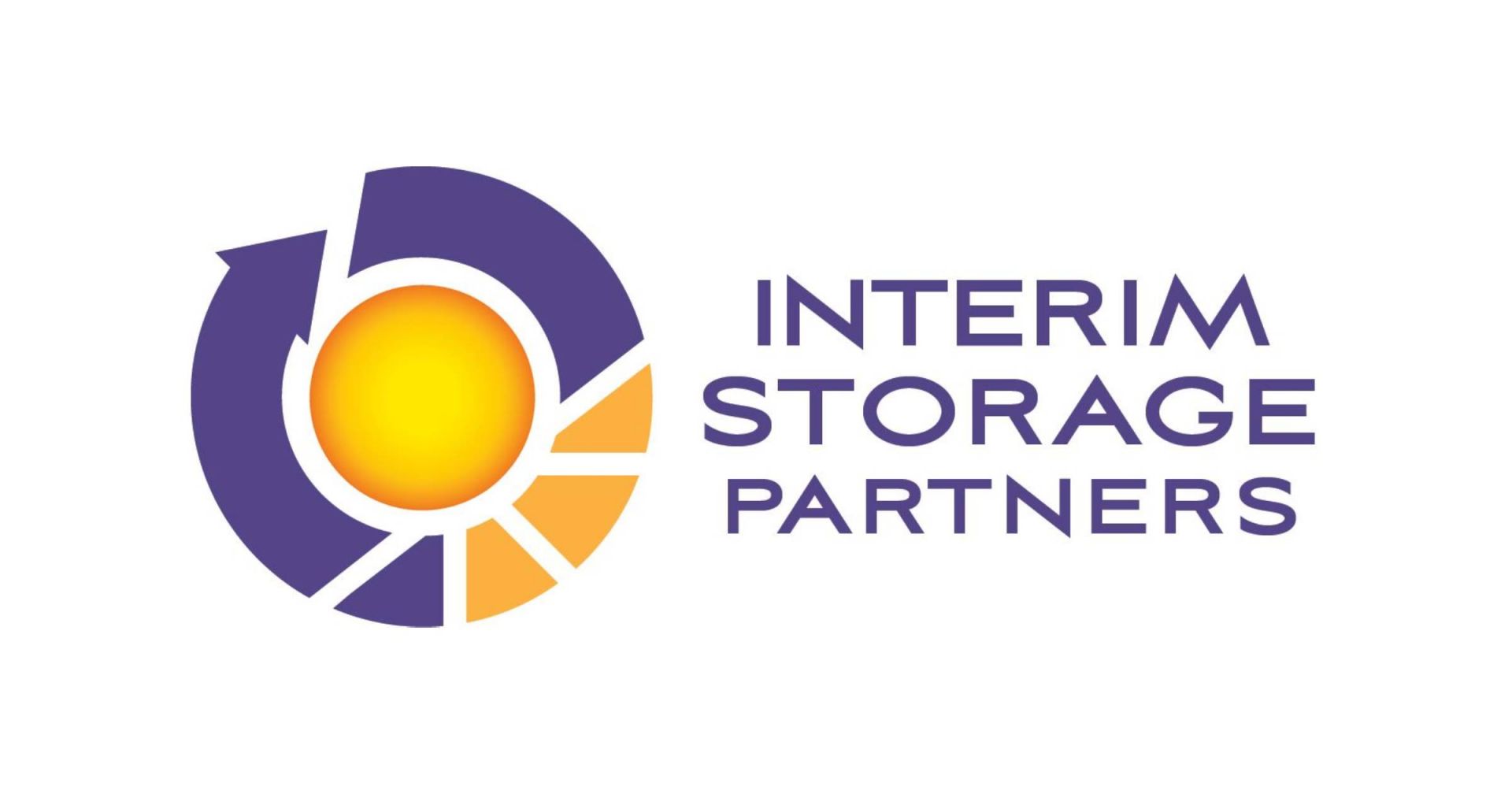
Interim Storage Partners (ISP), a joint venture of Waste Control Specialists and Orano USA, has petitioned the U.S. Supreme Court to overturn the decision by the 5th Circuit Court of Appeals to vacate its license for a consolidated interim storage facility for commercial spent nuclear fuel in Andrews County, Texas.
Borehole disposal of spent nuclear fuel (SNF) and high-level waste (HLW) uses off-the-shelf directional drilling technology developed and commercialized by the oil and gas sectors. It is a technology that has been gaining traction in recent years in the nuclear industry. Disposal can be done in one or more boreholes (including an array) drilled into suitable sedimentary, igneous, or metamorphic host rocks. Waste is encapsulated in specialized corrosion-resistant canisters, which are placed end to end in disposal sections of relatively small-diameter boreholes that have been cased and fluid-filled. After emplacement, the vertical access hole is plugged and backfilled as an engineered barrier.
The House Energy and Commerce Committee announced a public hearing on improving the U.S. management of spent nuclear fuel. The hearing, titled “American Nuclear Energy Expansion: Spent Fuel Policy and Innovation,” will be held on April 10 by the E&C Energy, Climate, and Grid Security Subcommittee.
The hearing will be livestreamed on the E&C Committee website.
By a narrow vote of 9–7, the 5th Circuit Court of Appeals denied a petition to rehear the court’s 2023 decision to vacate Interim Storage Partners’ (ISP’s) license to build and operate a consolidated interim storage facility for commercial spent nuclear fuel in Andrews County, Texas.